Send us a Message
- Destinations
- Tours
- By Destinations
- By Themes
- Suggested Combination
- Duration
- About Us
- Reviews
The climate in Laos is different from the North to the South, although the whole country shares a tropical monsoon weather pattern. In the North, the climate is cooler, particularly from November to February. Central Laos experiences warmer temperatures but still provides the pleasant cool season during these months. In the South, the weather is generally hotter and more humid, with temperatures rising higher in March and April before the rains begin.
Northern Laos
Northern Laos, including Luang Prabang, Oudomxay, and Phongsaly, is mostly mountainous and enjoys cooler weather compared to the rest of the country. From November to February, mornings and evenings can be quite chilly, especially in highland areas, making it a pleasant time for trekking and outdoor exploration. March and April are warmer and drier, while the rainy season from May to October brings heavy showers, misty mountains, and lush green scenery. Travelers visiting northern Laos often prefer the cool, dry months, when the climate is most comfortable and the landscapes are clear and beautiful.
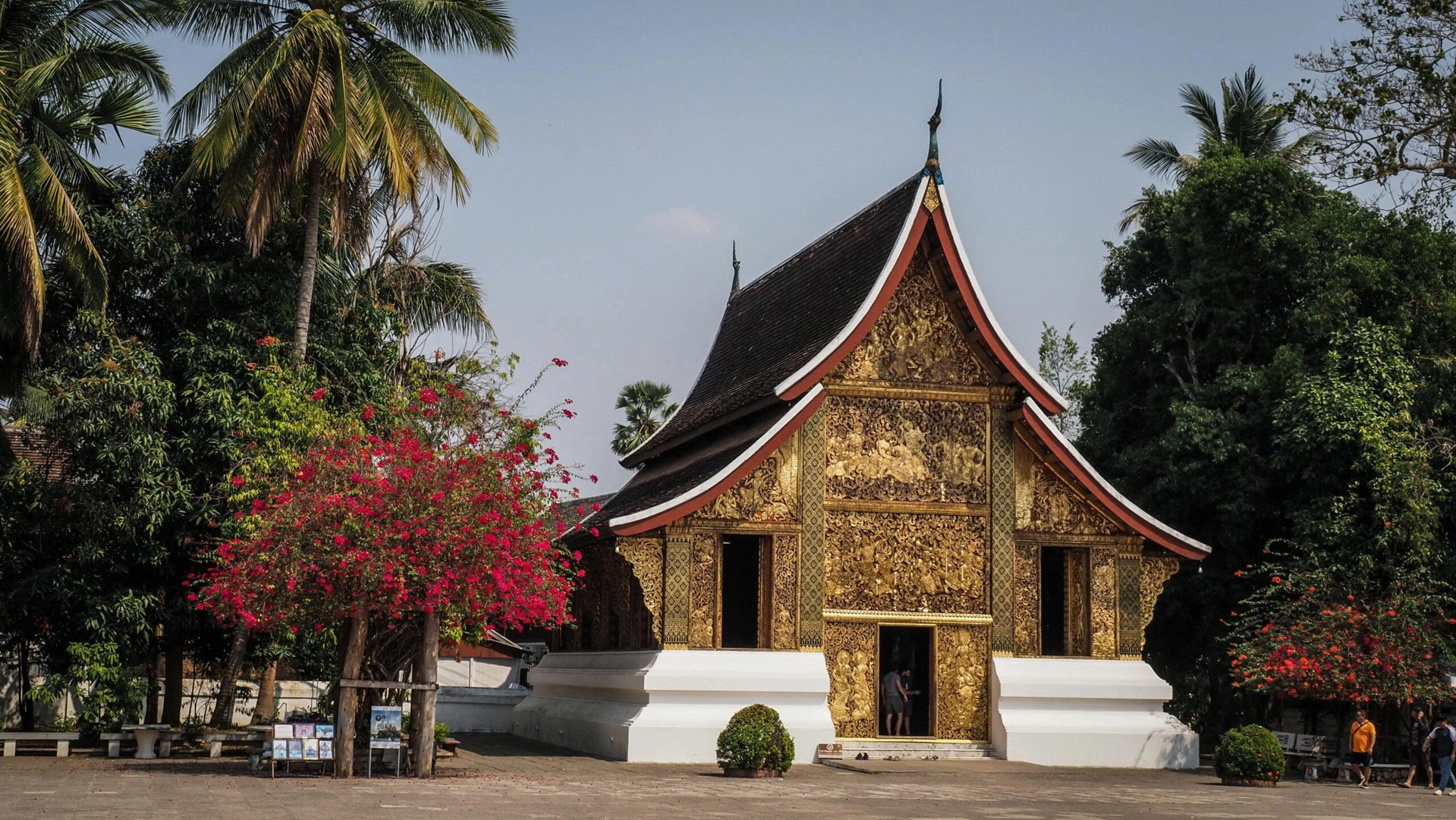
Central Laos
Central Laos, home to the capital Vientiane and the scenic province of Khammouane, has a warmer climate than the north but is still comfortable during the cool, dry season from November to February. This is the best time to explore temples, caves, and riverside towns, as the weather is pleasant and rainfall is low. From March to April, temperatures rise sharply, often making the days hot and humid, while the rainy season from May to October brings heavy showers, but also refreshes the landscapes and fills rivers and waterfalls. Travelers who enjoy cultural sightseeing and city life often find Central Laos ideal, especially in the cooler months.
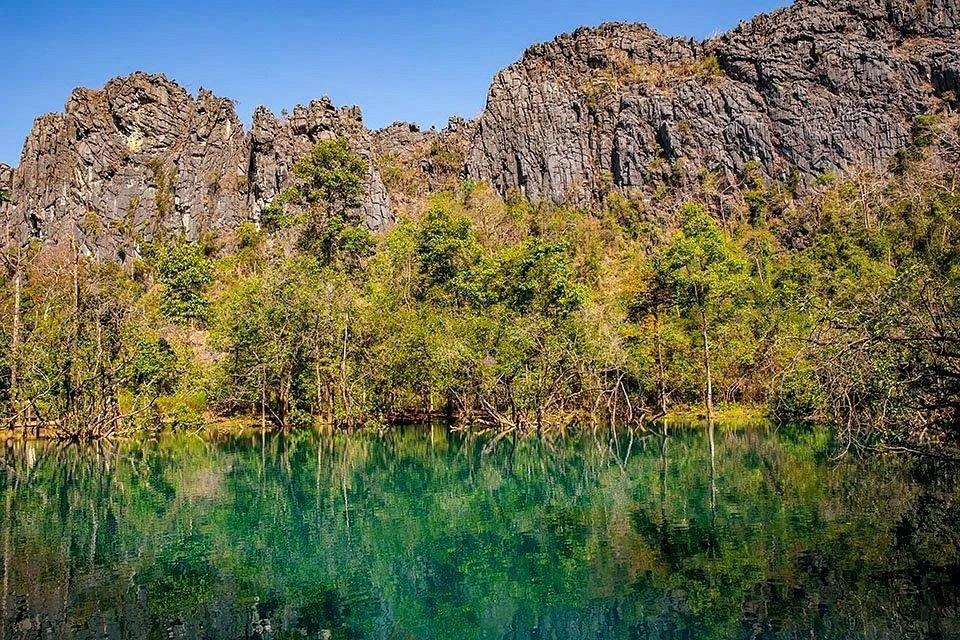
Southern Laos
Southern Laos, including Champasak and the 4,000 Islands (Si Phan Don), is generally hotter and more humid than the central and northern regions. The cool, dry season from November to February offers the most comfortable conditions for sightseeing, river cruises, and visiting attractions like the Bolaven Plateau and Khone Phapheng Waterfall.
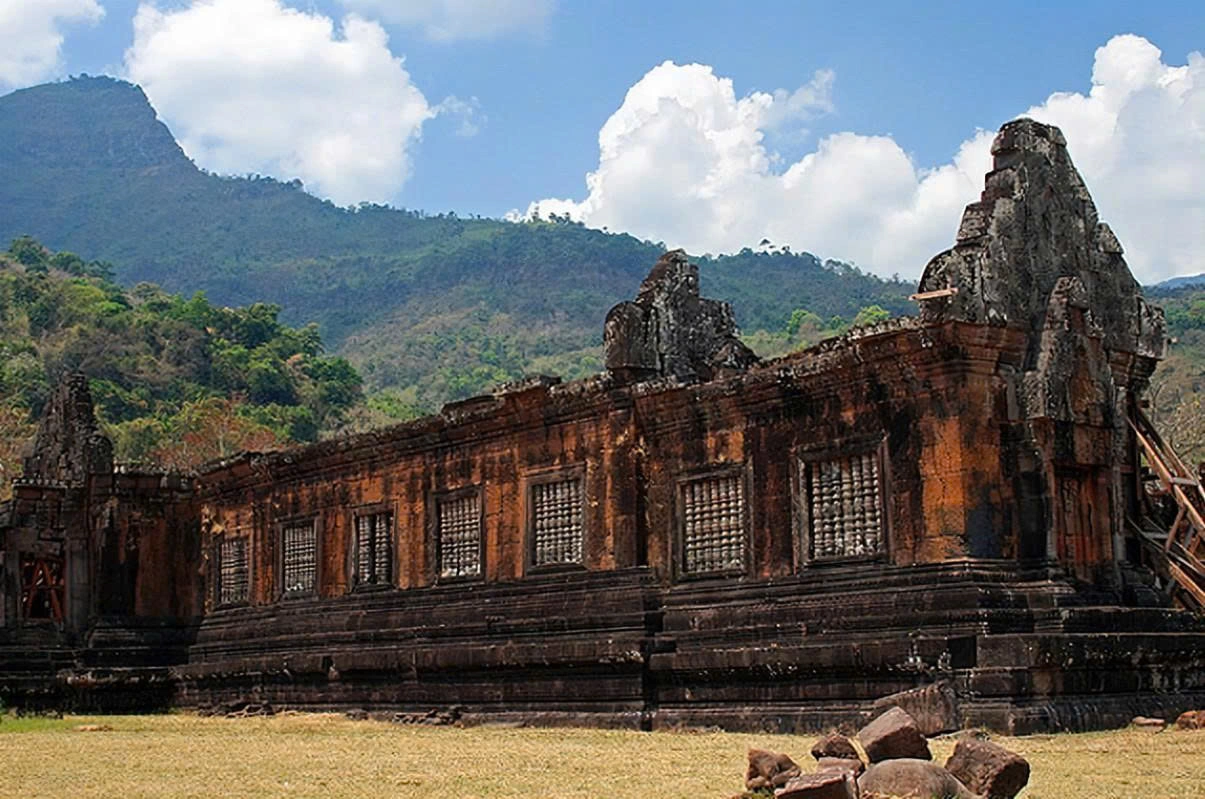
From March to April, temperatures can become very high, especially in lowland areas, although the cooler climate of the Bolaven Plateau provides a refreshing escape. The rainy season, lasting from May to October, brings lush green landscapes and powerful waterfalls, making this period attractive for nature lovers despite occasional travel challenges due to heavy rain.
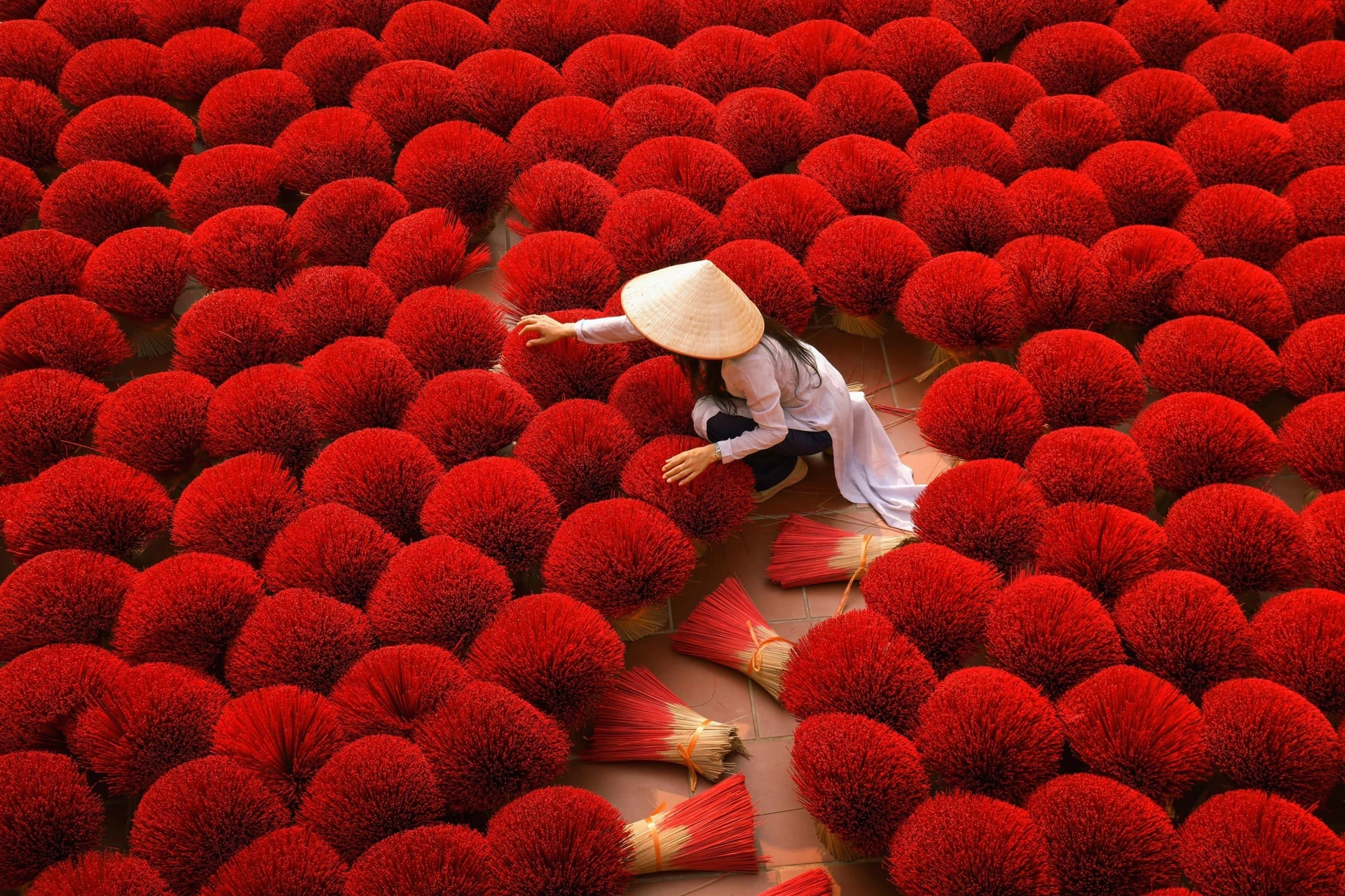
Vietnam is a country full of history, culture, and natural beauty, offering unforgettable experiences for every type of traveler. From bustling cities and ancient temples to serene countryside and pristine beaches, there is something for everyone. With careful planning, attention to local customs, and consideration for dietary or religious needs, Israeli travelers can enjoy a safe, enriching, and memorable journey.
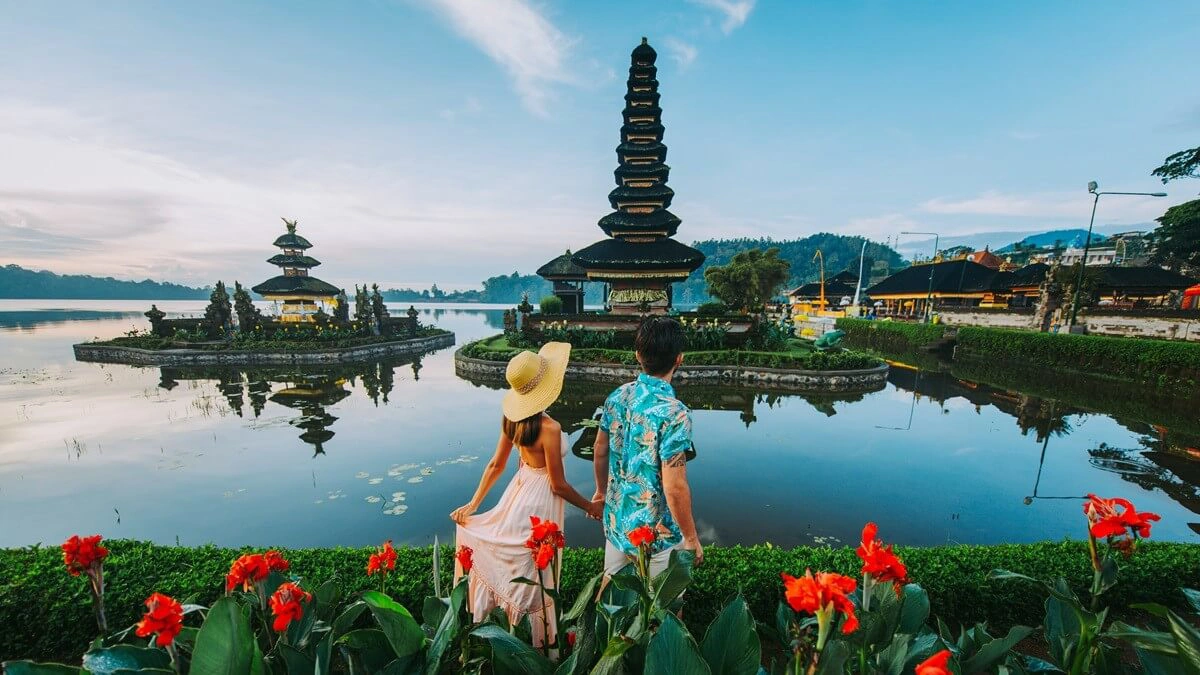
To enter Bali, travelers need a passport valid for 6 months; many nationalities get 30 days visa-free, while longer stays require a Visa on Arrival or e-visa. The island has a tropical climate with a dry season (Apr–Oct) ideal for beaches and festivals, and a wet season (Nov–Mar) with lush green landscapes. Cash in Indonesian Rupiah is essential for small expenses, though cards are accepted in larger venues, and transport mainly relies on taxis, ride-hailing apps, scooters, or private drivers. Visitors should respect local customs—dress modestly at temples, remove shoes in sacred spaces, and use the right hand when giving or receiving items.

Balinese cuisine is a vibrant reflection of the island’s culture, shaped by its Hindu heritage, fertile volcanic soils, and abundant spices. Meals are a harmonious balance of flavors spicy, savory, sweet, and aromatic—brought together through fresh herbs, coconut, peanuts, and chili-based spice pastes known as bumbu. Rice is the centerpiece of most meals, complemented by grilled meats, seafood, and an array of vegetable dishes. Many recipes are deeply rooted in ceremonial traditions, often served during temple festivals and family gatherings, making Balinese food not only a culinary delight but also a cultural journey.
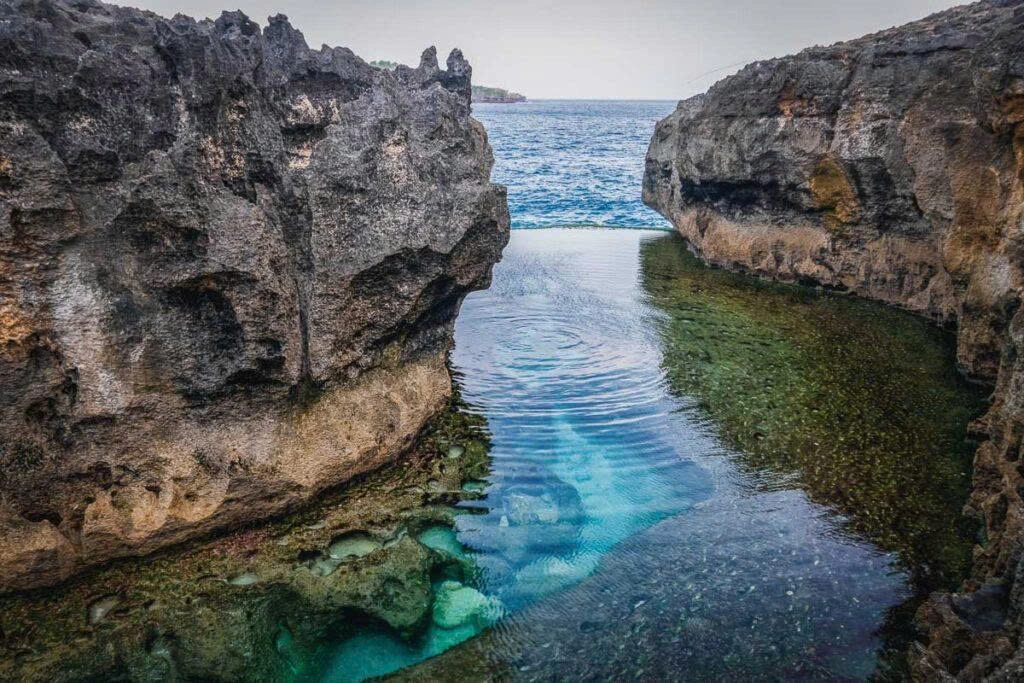
Nusa Penida is a stunning island off Bali’s southeast coast, famed for its rugged cliffs, crystal-clear waters, and dramatic landscapes. Highlights include Kelingking Beach with its dinosaur-shaped headland, Angel’s Billabong, and Broken Beach. Popular for snorkeling and diving, the island offers encounters with manta rays and vibrant coral reefs, making it a paradise for adventure and nature lovers.
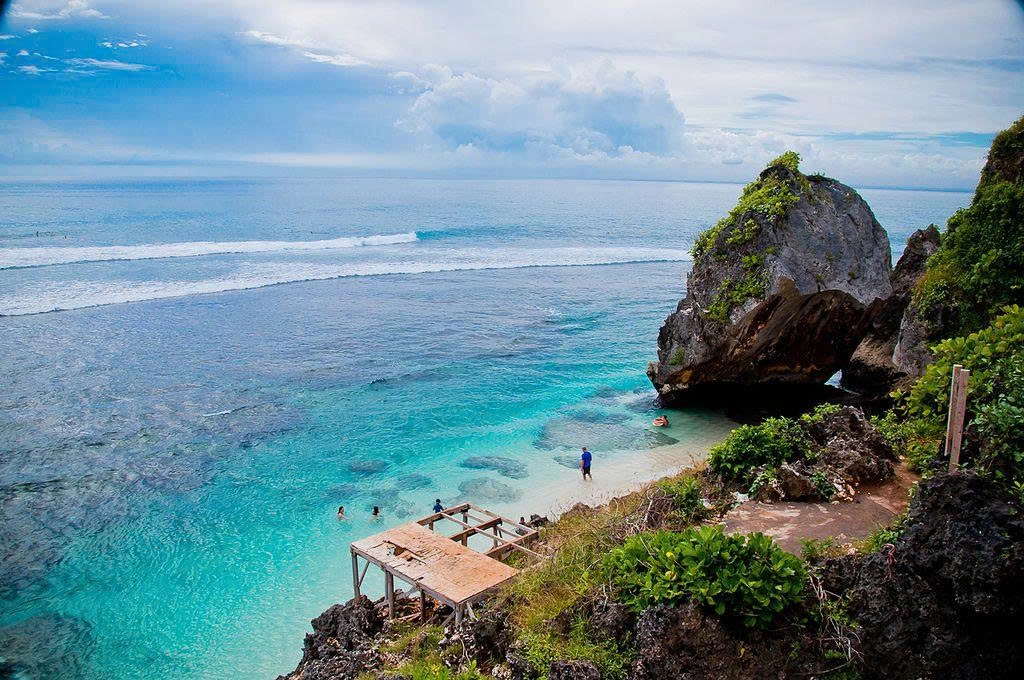
Uluwatu is renowned for its dramatic sea cliffs, world-class surf breaks, and breathtaking ocean views. At its heart lies the iconic Uluwatu Temple, perched high above the waves and famous for sunset Kecak dance performances. With luxury resorts, hidden beaches, and a relaxed coastal vibe, Uluwatu is a perfect blend of culture, adventure, and natural beauty.
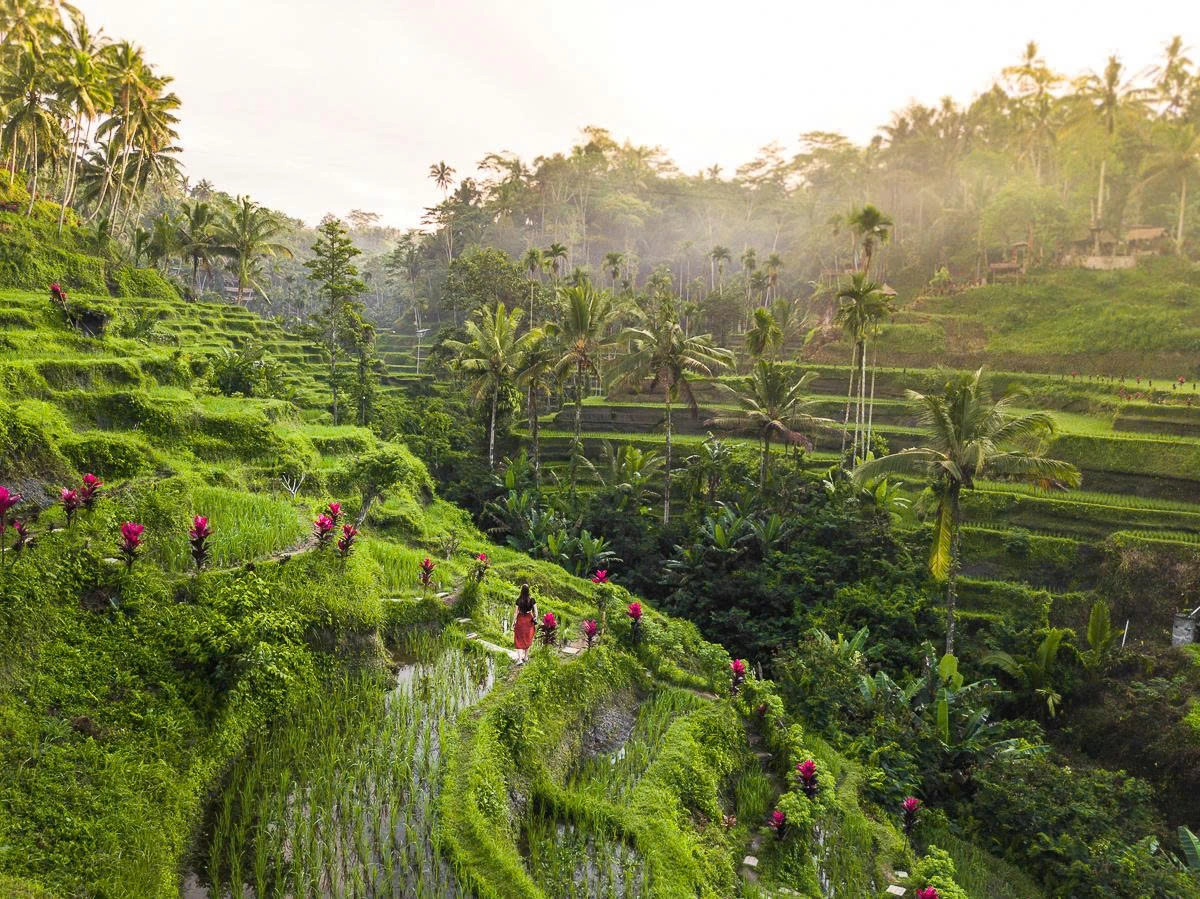
Ubud is the cultural and spiritual heart of Bali, surrounded by rice terraces, lush forests, and traditional villages. Known for its art, dance, and handicrafts, it’s also a hub for yoga, wellness, and spiritual retreats. With its temples, galleries, and serene landscapes, Ubud offers a deeper connection to Balinese heritage and nature.
Preparing for your upcoming trip to Asia?
Let us know what we can arrange for you!